The study is the result of the well-established collaboration between the Terre des Hommes Foundation and the Hospital Network for the Prevention of Child Maltreatment, which the Foundation created and which, to date, has a group of excellent hospitals at the forefront of the interception, diagnosis and treatment of maltreatment.
The survey, conducted in the spring of 2023, looked at 47 cases of Shaken Baby Syndrome diagnosed by participating hospitals in the time frame from 2018 to 2022 .
“This study is pioneering for our country because for the first time it allows us to tell the story of Shaken Baby Syndrome to the general public and institutions by referring to real data and practices that are adopted every day by those on the front lines of intercepting it in Italian hospitals.” Federica Giannotta, Terre des Hommes’ Italy Advocacy and Programs Manager, affirms.
The data collected
In 34 out of 47 cases the infants are less than 6 months old, and for all age groups identified (0 to 2 years) male victims are more frequent. Thirty-five percent of boys and girls are found to be premature and with other conditions, two factors that increase their risk of experiencing shaking.
Unfortunately, in 5 cases the severe damage reported resulted in the death of the infants, while in another 25 cases serious impairment of the infant’s or child’s developmental course occurred some time later.
The key assessment to detect shaking symptoms is MRI, or CT scan, but in 40% of cases these examinations were not done until 24 hours after admission to the emergency department, a delay that makes it more difficult to diagnose and thus properly take care of the victim.
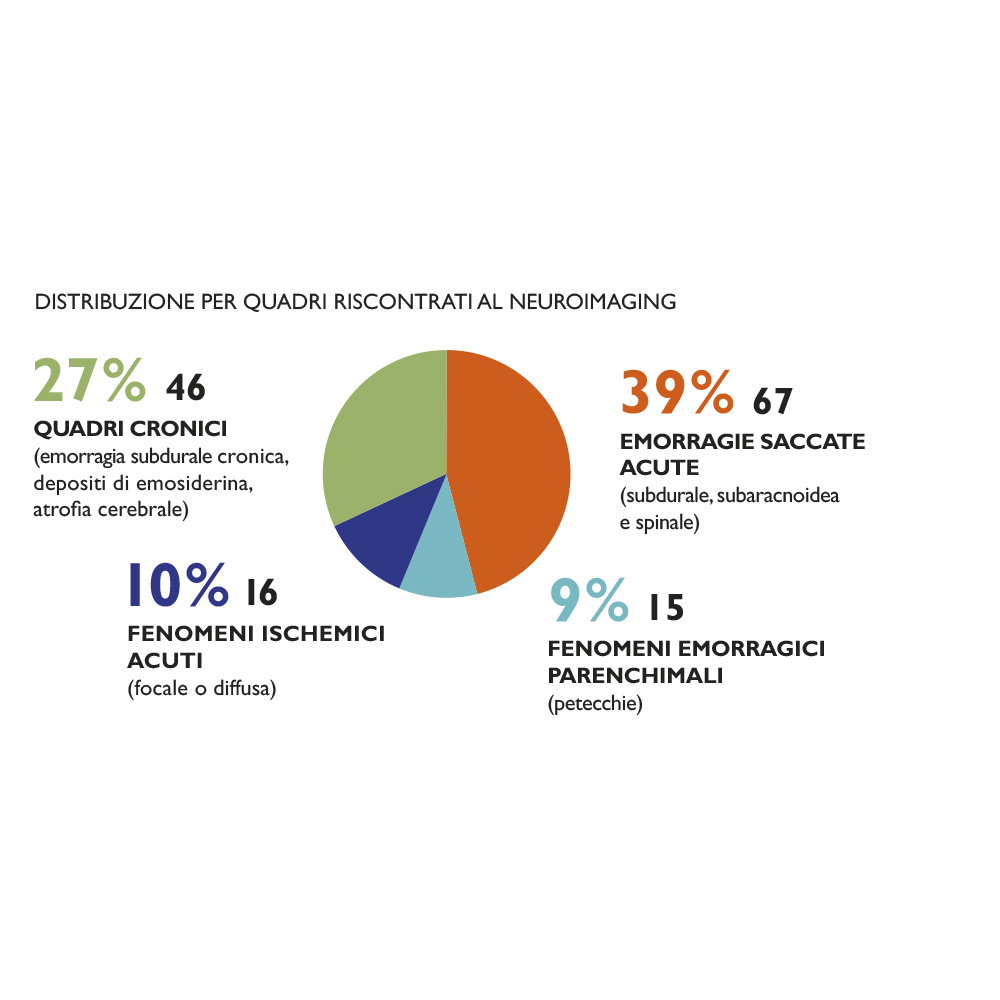
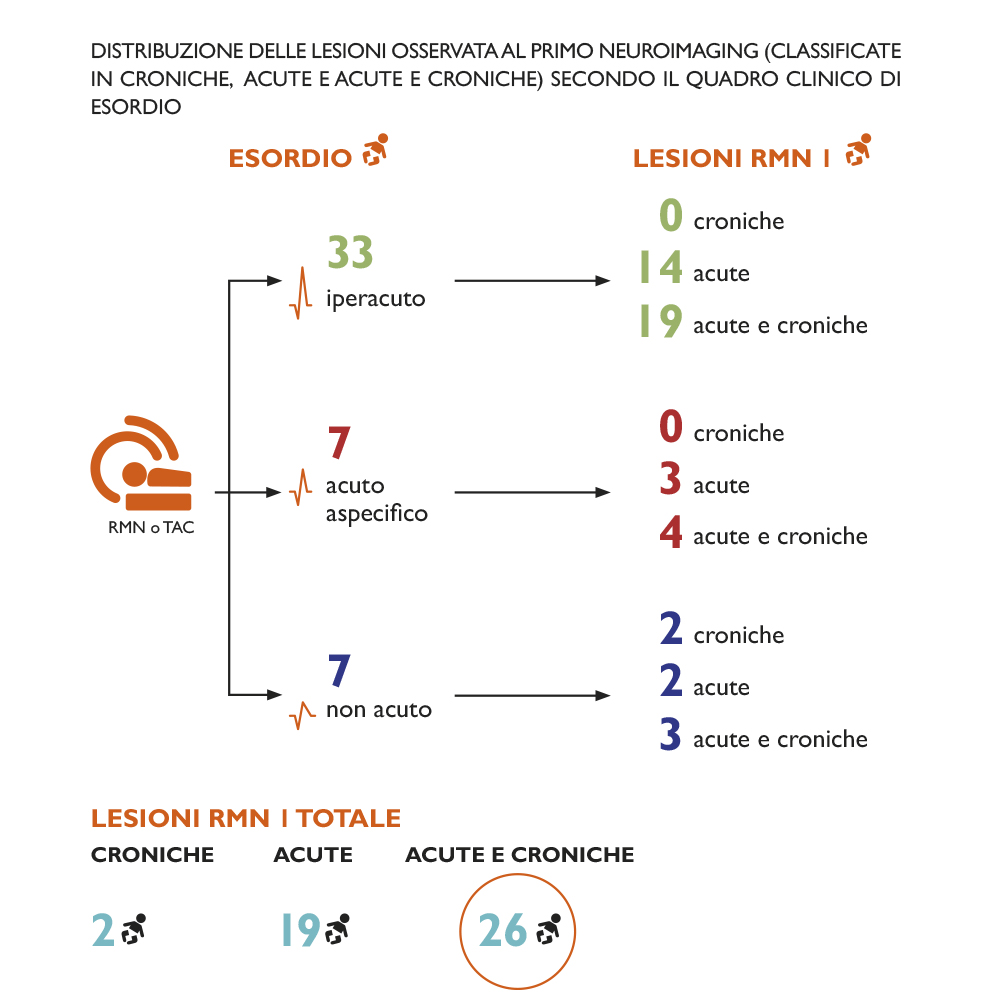
The context
In addition, frequently shaking occurs within a larger framework of mistreatment. In the case history taken into consideration as many as 29 out of 47 cases present this dramatic coexistence of different forms of mistreatment.
1/3 of the detected cases had already been to the emergency room either for other conditions (21%) or for suspected shaking symptoms (15%). And it was found that 1/4 of the boys and girls who came to the ps were already victims of shaking.
The survey also identifies Some characteristics of the victims’ families of origin, and although Shaken baby Syndrome knows no social, economic, or cultural barriers, the data note that the majority of households involved (33 out of 47) presents problematic related to social marginality, violence, addiction, delinquency, mental pathology (especially maternal depression) or organic pathology and are often nuclei already known to the Judicial Authority and taken in charge by the Social Services network.
From this it can be deduced that a key part of the diagnostic pathway is the collaboration of Social Services and the Judicial Authority to identify and subsequently manage family fragility, such collaborations are often present in hospital centers specializing in abuse and maltreatment but should also be present in emergency rooms.
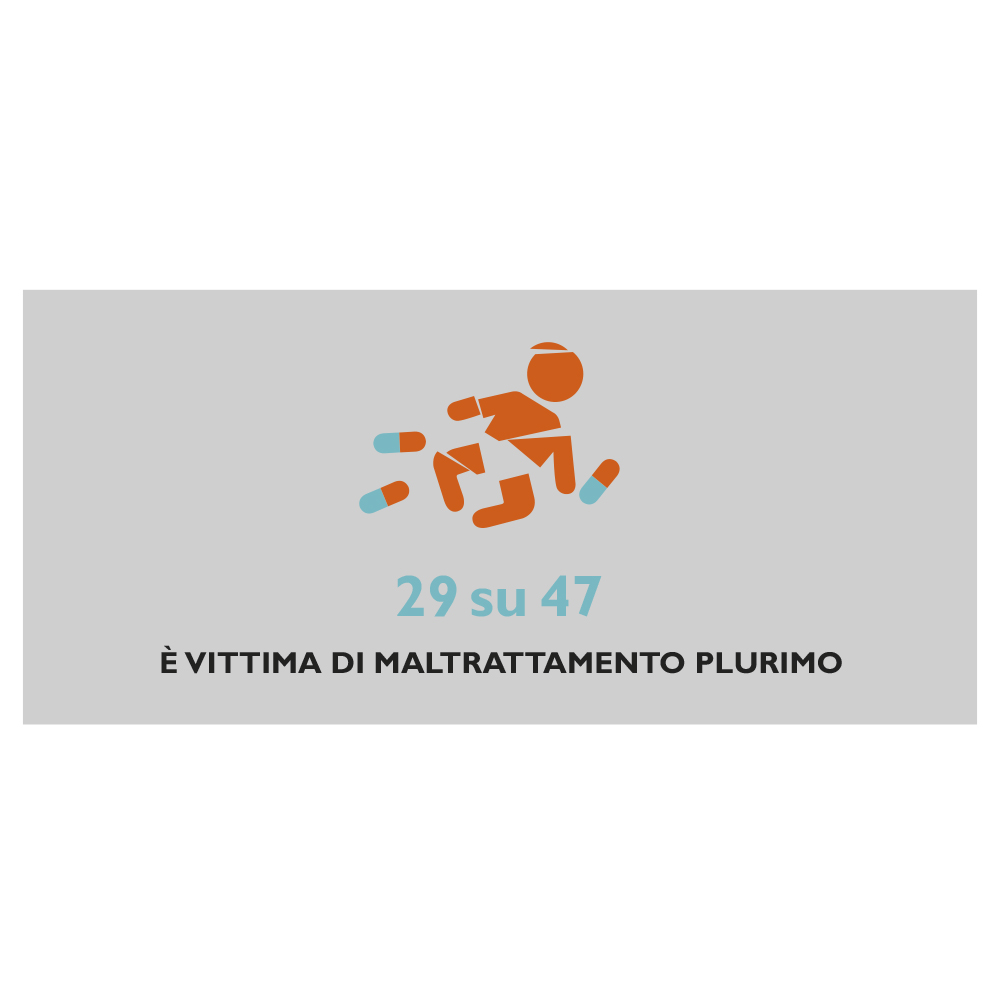
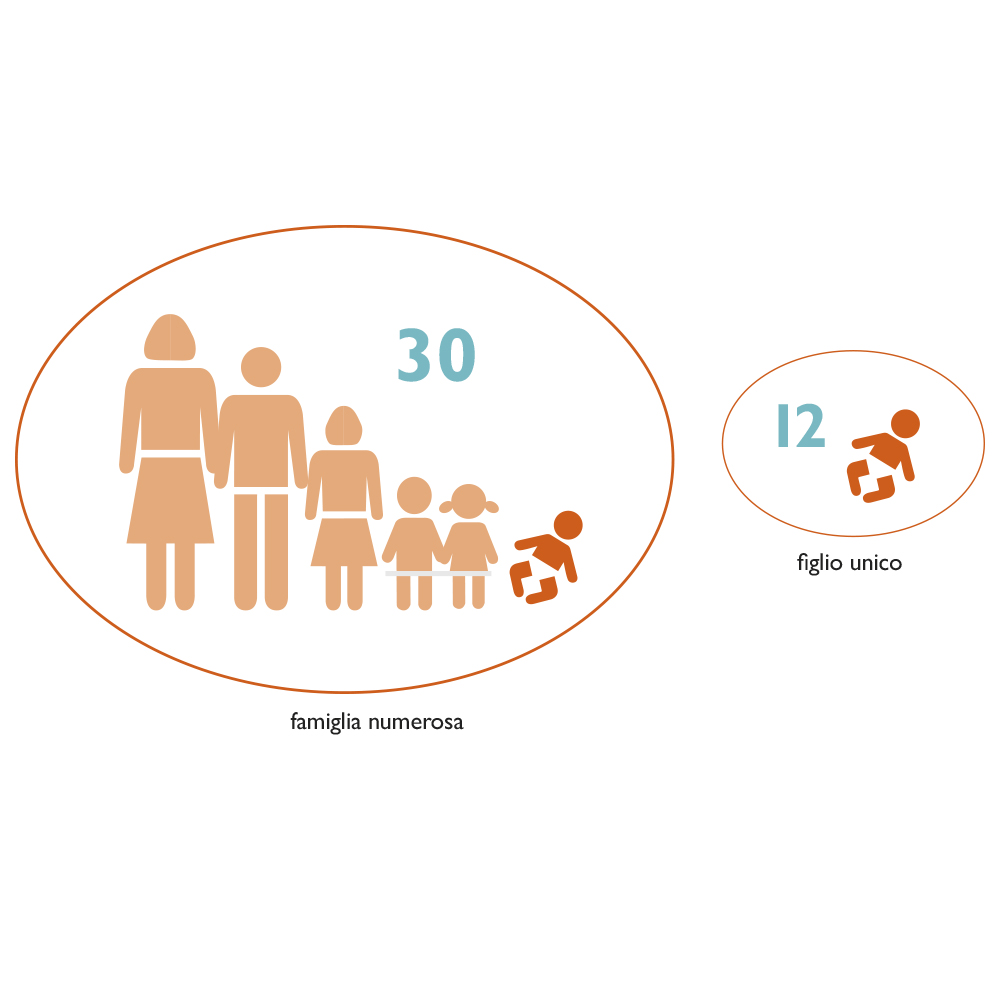
The recommendations
The study also indicates a number of recommendations for dealing with the phenomenon in a coordinated and effective manner
- Each region has at least one referral Children’s Hospital Center with specific structure and expertise in child maltreatment.
- In addition to the Regional Referral Hospital Center, each large children’s hospital has multidisciplinary and specialized teams, instrumental endowments, and facilities to make appropriate maltreatment diagnoses and implement a comprehensive differential diagnosis panel.
- Child maltreatment be provided as a curricular subject in the Faculty of Medicine in order to ensure a basic preparation of aspiring doctors on the subject. In fact, it is not enough to provide this subject as a mere subject of study in optional pathways for college credit.
- Maltreatment prevention be included in the National Health Prevention Plan.
- That a specific Code be established for cases of suspected mistreatment, on the experience of others already provided for other types of violence against women.
- That emergency rooms can be networked, at least regionally, to be able to identify suspicious accesses of maltreatment cases in real time, so that a more targeted and timely diagnostic response can be activated not only for cases of Shaken Baby Syndrome.
- The Hospital Network for the Prevention of Child Maltreatment be recognized by policy makers as a key stakeholder in establishing functional policies for the prevention of child maltreatment, medically and clinically.
THE HOSPITAL NETWORK FOR THE PREVENTION OF CHILD MALTREATMENT
La Hospital Network for the Prevention of Child Maltreatment consists of. Regina Margherita Children’s Hospital, Turin, Vittore Buzzi Hospital in Milan, University Hospital Company of Padua, Giannina Gaslini Institute of Genoa, Azienda Ospedaliera Universitaria Meyer IRCCS, Florence, Giovanni XXIII Polyclinic University Hospital of Bari and Santobono Hospital – A.O.R.N. Santobono-Pausilipon of Naples.
The initiative received the patronage of: AGIA ( Authority for Childhood and Adolescence), AOPI (Association of Italian Pediatric Hospitals) SIMEUP (Italian Society of Pediatric Emergency and Emergency Medicine) SIP (Italian Society of Pediatrics) and CNR (National Research Council).

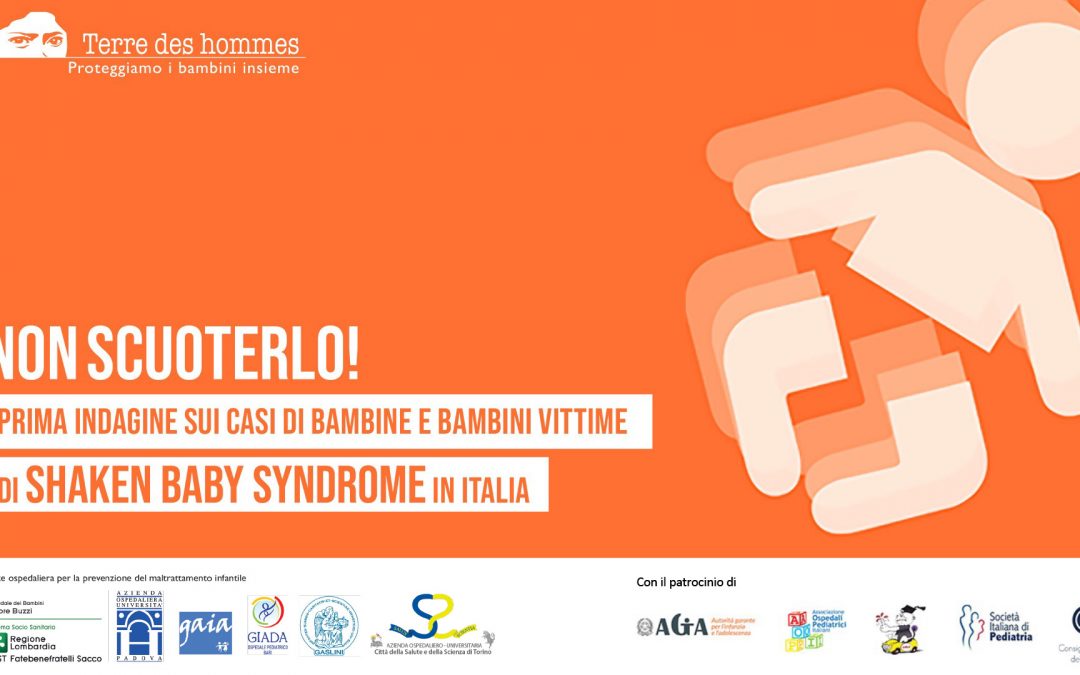
Recent Comments